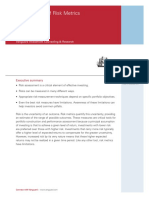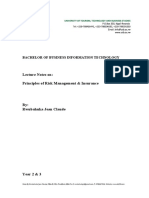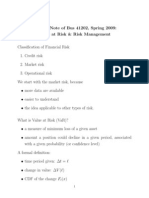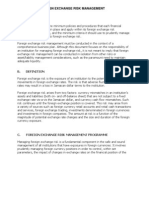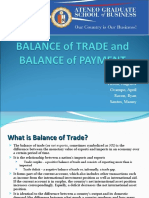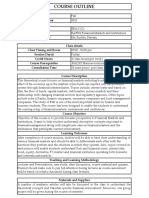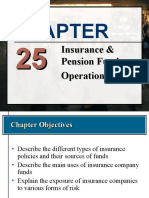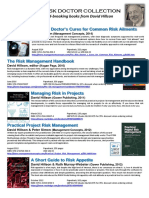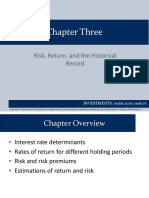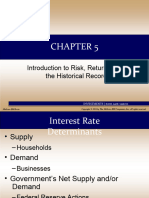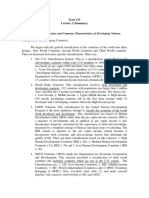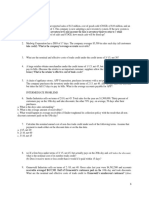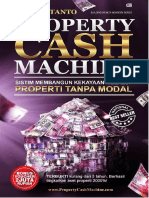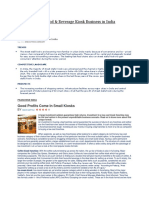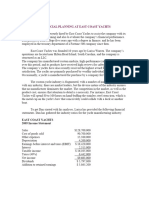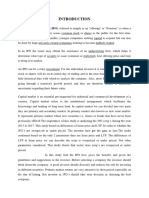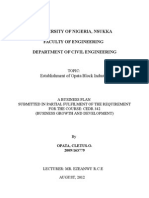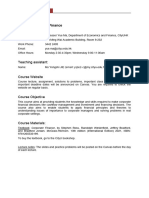0% found this document useful (0 votes)
131 views37 pagesRisk and Return
The document introduces concepts related to risk, return, and the historical record. It discusses how expected returns and risk cannot be directly observed, and historical records are used to estimate them. Specific topics covered include determinants of interest rates, differences between real and nominal rates, annualizing returns over different periods, and using expected returns and standard deviation to measure risk. Risk premiums represent additional returns needed to compensate for higher risk.
Uploaded by
Faisal AhmedCopyright
© © All Rights Reserved
We take content rights seriously. If you suspect this is your content, claim it here.
Available Formats
Download as PDF, TXT or read online on Scribd
0% found this document useful (0 votes)
131 views37 pagesRisk and Return
The document introduces concepts related to risk, return, and the historical record. It discusses how expected returns and risk cannot be directly observed, and historical records are used to estimate them. Specific topics covered include determinants of interest rates, differences between real and nominal rates, annualizing returns over different periods, and using expected returns and standard deviation to measure risk. Risk premiums represent additional returns needed to compensate for higher risk.
Uploaded by
Faisal AhmedCopyright
© © All Rights Reserved
We take content rights seriously. If you suspect this is your content, claim it here.
Available Formats
Download as PDF, TXT or read online on Scribd
/ 37


























